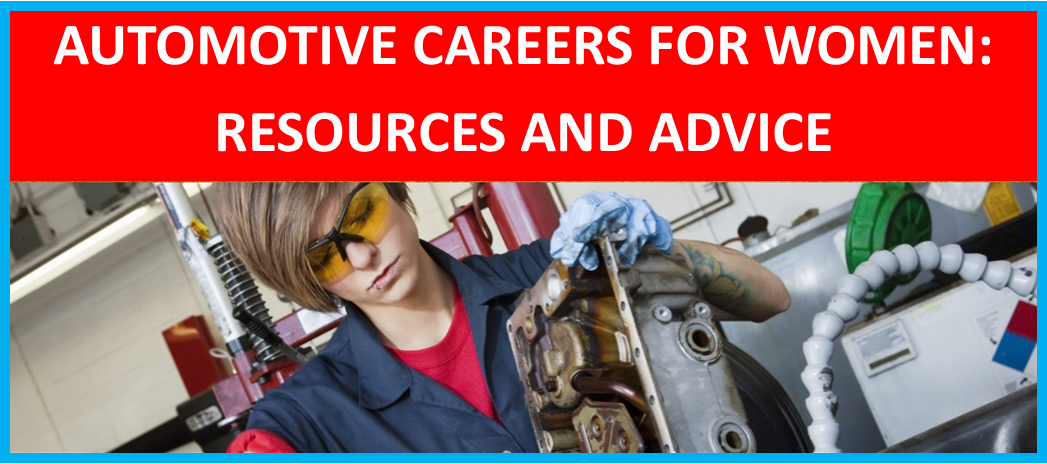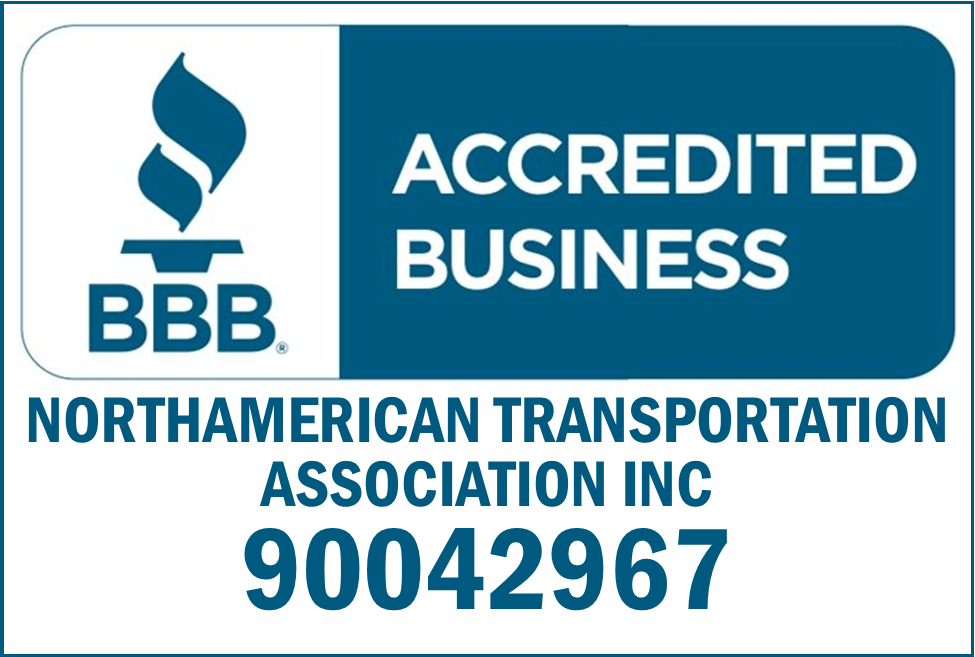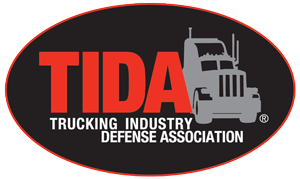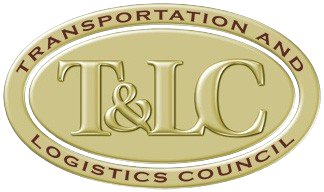Safe Winter Operations

Winter operations brings a higher likelihood of truck drivers facing slippery surfaces and poor visibility, increasing the risk of crashes. Are your drivers prepared? The shipping and transportation industry ranks just behind first responders for the highest number of injuries that cause time away from work, according to the National Safety Council. And according to the Bureau of Labor Statistics, the average cost to the employer for those injuries is $40,000.
Winter operations bring additional risks, with snow, black ice and other dangers. Driver training can help reduce the chances of injuries from crashes or from slips and falls.
First, see how much you already know with the following winter-driving safety quiz:
1. True or False: Reducing the air pressure in your tires improves traction.
A: False: Reducing air pressure doesn’t improve traction. It reduces steering ability and can cause a blowout if the tire overheats.
2. Which of these two common incidents is more likely to happen: A vehicle collision or an out-of-vehicle slip and fall?
A: Slips and falls are the No. 1 cause of driver injuries, and 22% of those injuries are serious enough that drivers miss 30 or more days of work.
3. Which weather condition causes more crashes — rain or snow?
A: Actually, rainy weather conditions cause five times more accidents than snowy conditions.
4. Which is the most common reason a truck will go into a skid: driving too fast, excessive breaking/decelerating too quickly for the conditions, over-steering, or over-acceleration?
A: Going too fast. Driving fast is easy. It is stopping that’s a challenge.
5. When driving on a wet road, drivers should: reduce speed by 10, 25 or 30%?
A: Reduce speed by 25%. For example, if you’d drive 55 mph in ideal conditions, reduce speed to 40 mph when the road is wet.
6. In winter, drivers should never let their fuel tank get below: 10%, 25% or 30%?
A: 25%. There are two reasons to keep your truck at least 25% full. First, a full tank reduces condensation that can plug up your fuel line. Second, if road conditions take a turn for the worse, you’ll be glad to have more fuel than you thought you’d need.
7. On what day of the week are drivers most likely to get into a deadly collision?
A: Saturday is the most common day for fatal collisions in winter, and the odds spike during winter holidays. During the week, Friday is the most dangerous day.
8. When driving on snowy or icy roads, it can take up to 5, 10 or 20 times longer to stop?
A: 10 times longer. Increase your following distance accordingly.
9. In snowy weather, what should drivers do every time they pull over: Check weather conditions, check headlights, check reflectors or all of the above?
A: All of the above. Weather conditions can change throughout the day, so check each time you stop for fuel or a rest break. Clear accumulated snow, ice or road grime off your lights and reflectors. This helps you see better and increases the chance other drivers will see you. Keeping your lights and reflectors clean can also help you avoid getting pulled over. Observable defects are the primary reason for DOT inspections. The weather will already be slowing you down, and a traffic stop will only put you farther behind. Experienced drivers often carry spare bulbs and fuses, as well.
10. What should drivers do if they start to skid? Brake lightly and steer in the opposite direction of the skid? Ease off the accelerator, steer toward a reference point and into the skid? Or, honk your horn to alert others and steer away from oncoming traffic?
A: Ease off the accelerator, steer toward a reference point and into the skid. If your vehicle has a manual transmission, you should also slowly depress the clutch pedal while you ease off the accelerator.
Top 5 Winter Driving Accidents
- Parked vehicle collision
- Loss of control of vehicle
- Pedestrian or animal collision
- Rear end
Now that you realize you may not know as much as you thought you did about winter driving safety, let’s explore some tips.
Remember to follow these general safe winter driving tips:
- Go slowly and increase following distance.
- Be gentle with acceleration and braking.
- Plan routes to avoid hills when possible.
- Carry and use chains in states that require them (and practice putting them on before the flakes begin to fall).
- Wear boots appropriate for winter weather.
- Keep survival supplies in the vehicle in case it gets stuck.
Ensure that you have the proper emergency supplies before you begin your trip:
- Anti-gel fuel additive for diesel engines
- Extra headlight bulbs and fuses
- Safety flares or reflective triangles
- Tire chains
- Wiper blades and antifreeze wiper fluid
- Ensure that you have the following personal survival gear:
- Food and water
- Cell phone with fully charged battery and a cell phone charger
- Sturdy boots
- Hat and gloves
- Headlamp or flashlight
- Medicine, if needed
Conducting a pre-trip inspection is particularly important in the winter months:*
- Battery: Ensure that your battery is charging and holding a charge. Did you know that freezing temperatures can reduce your battery power by half? Make sure your battery box cover isn’t cracked or damaged.
- Brakes: If your truck has slack adjusters, look for loose, damaged or missing hardware (such as pins) and check for proper operation.
- Chains: Inspect your chains for broken or bent links.
- Skill practicing: Mentally rehearse winter maneuvers such as turning into skids, using three points of contact when entering or leaving the vehicle, and increasing following distance in bad visibility.
- Tires: Make sure your tire tread far exceeds the required minimums (4/32 of an inch on steer tires and 2/32 of an inch on rear tires).
The following should be verified daily:
- Fuel up at the end of the day and never let your vehicle get below ¼ of a tank
- Check the weather report throughout the day as weather conditions may change
- Clear ice and snow from your headlights, taillights, reflector lights and markers
- Check antifreeze and windshield wiper fluid levels
- Ensure that the defroster is working properly and remove paperwork and other items that could block proper airflow.
- Inspect your exhaust system for leaks. Carbon monoxide poisoning can be deadly!
Keep the following in mind when pulling over:
- Brake lightly: Applying light pressure to the brakes will heat up the drums before you pull over to park
- Lights: Remove ice, snow and road film from taillights, reflectors, marker lights and headlights
- Weather: Check the weather forecast to see if conditions have changed
Taking appropriate winter driving precautions can ultimately save time, money and reduce your chance of injury. Winter throws a lot at operations, and it's hard to know where to focus limited training time.
Content Disclaimer: Due to the constantly changing nature of government regulations, it is impossible to guarantee the total and absolute accuracy of the material contained herein or presented. NorthAmerican Transportation Association (NTA) cannot and does not assume any responsibility for omissions, errors, misprinting or ambiguity contained. NTA shall not be held liable in any degree for any loss, damage or injury caused by any such omission, error, misprinting or ambiguity present. It is made available with the understanding that NTA is not engaged in rendering legal, accounting or other professional service. If legal advice or other expert service is required, the services of such a professional should be sought.











